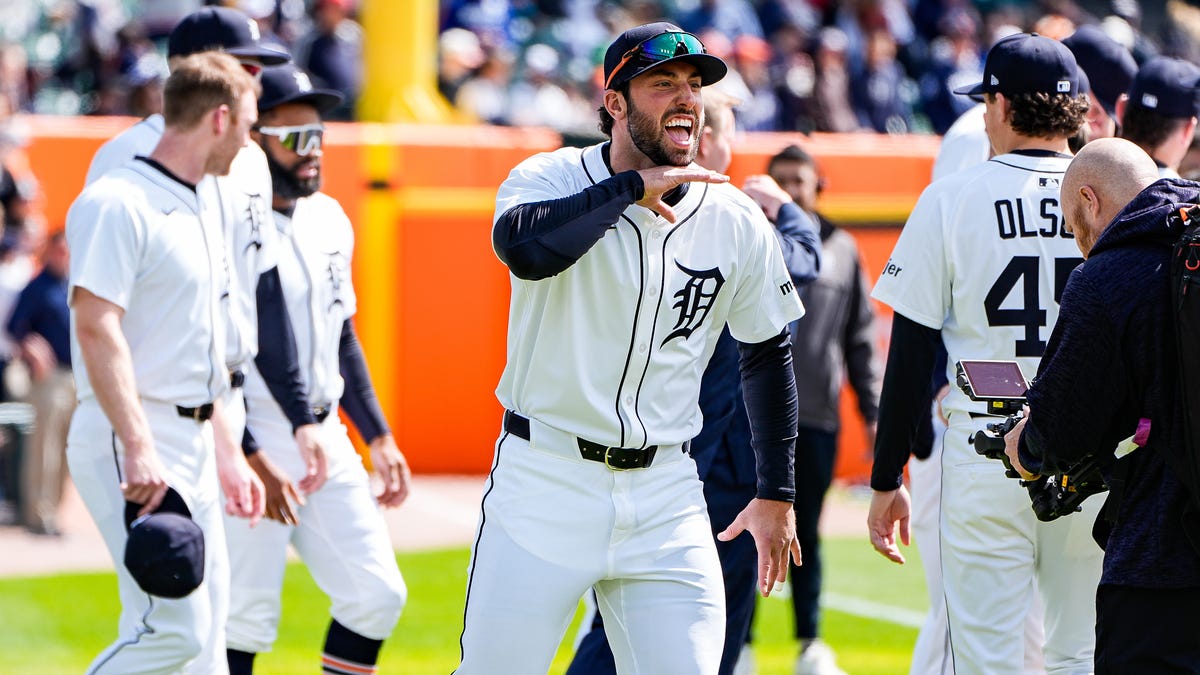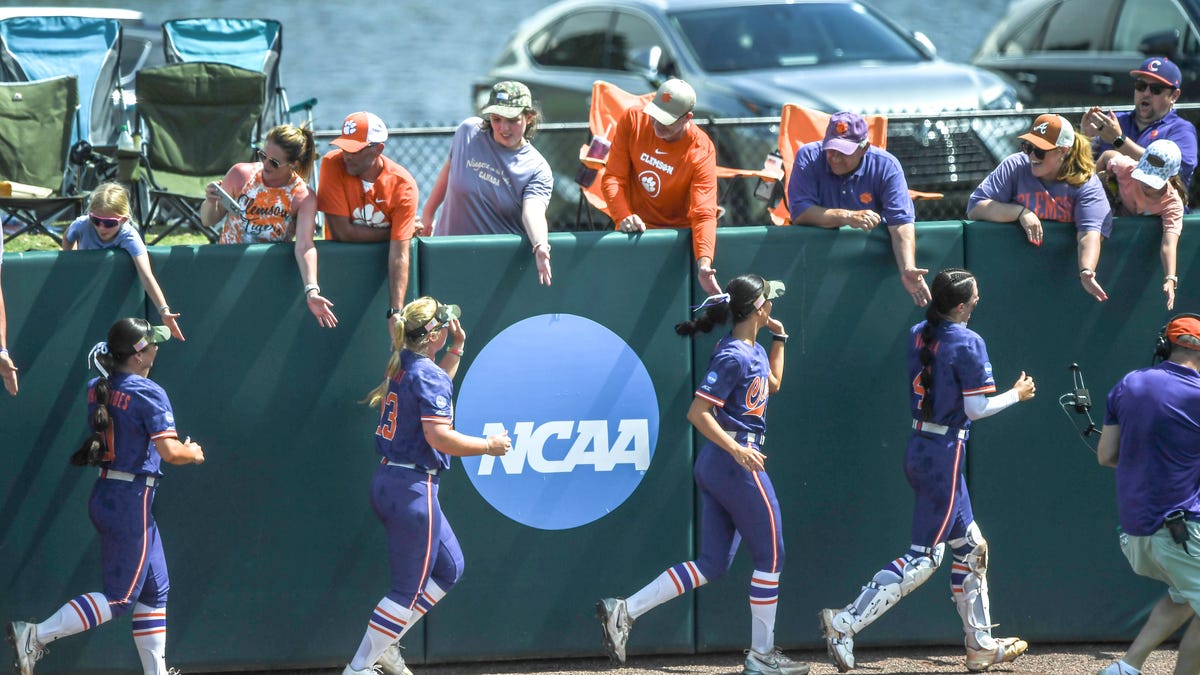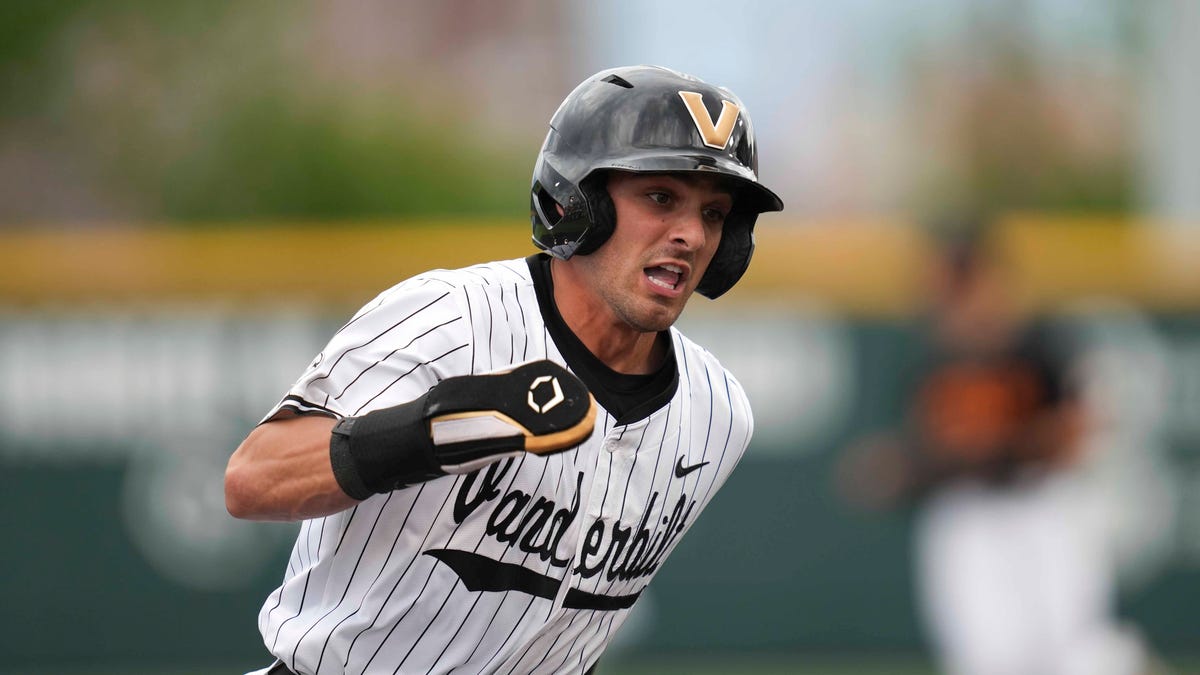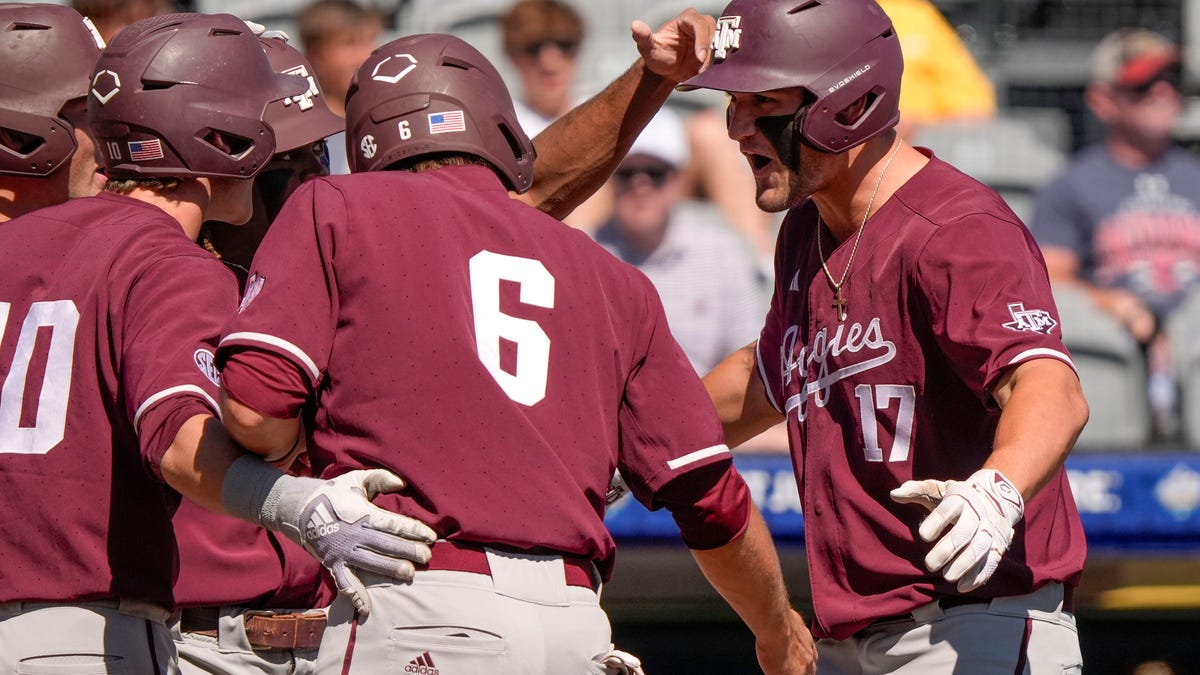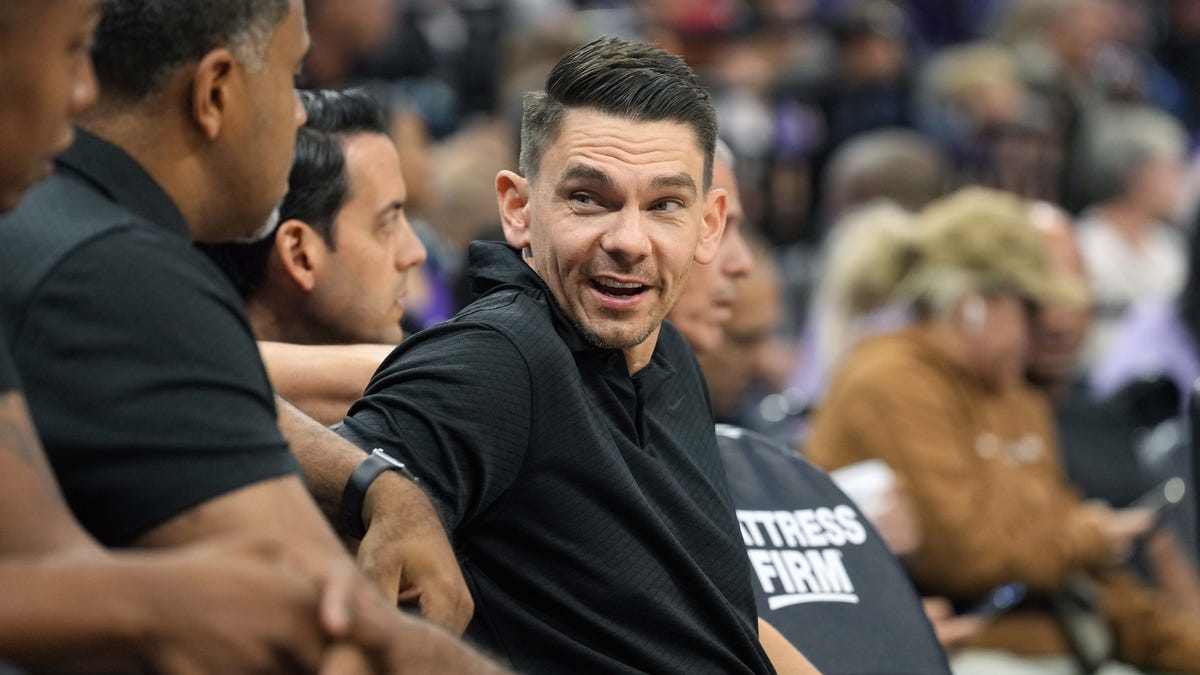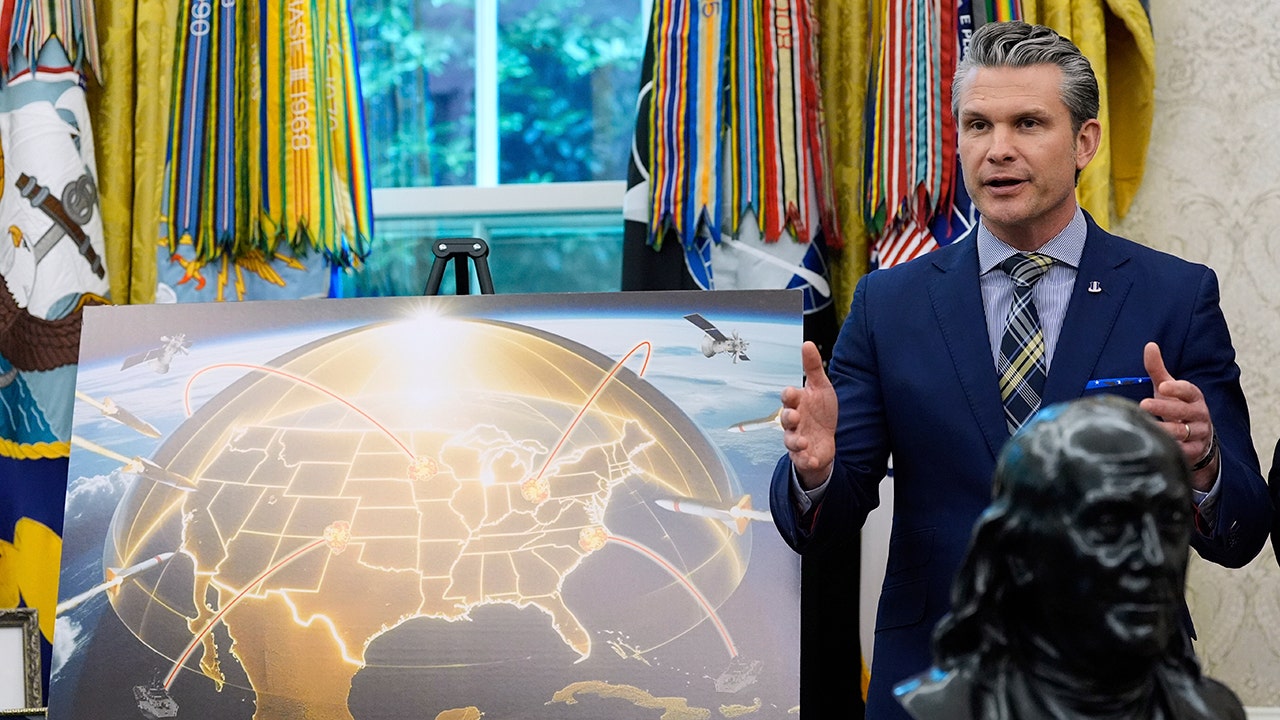Oregon
With Oregon State in LSU baseball’s regional, a budding rivalry could be renewed
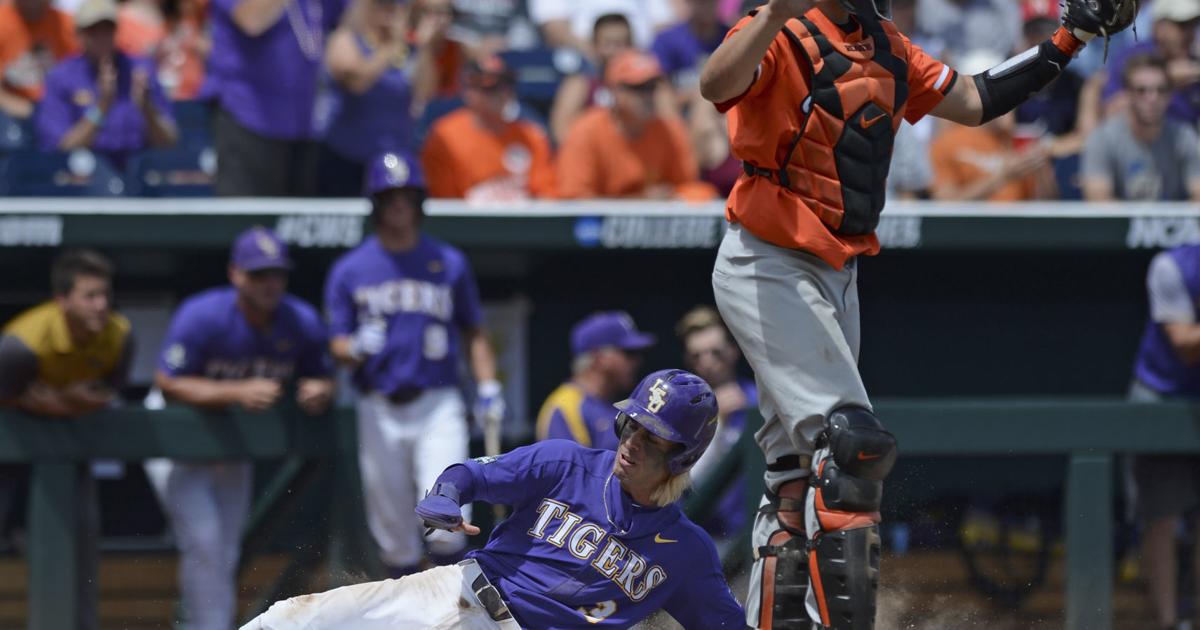
The memories started coming back to two longtime coaches. Unfortunate injuries. Sudden adjustments. Doubles into the gap. Clutch pitching. All the small decisions they made while trying to win.
Paul Mainieri and Pat Casey coached thousands of games during their respective careers at LSU and Oregon State. And in the midst of so many to sift through, they remembered the ones between their teams well.
“When I hear the name Oregon State,” said Mainieri, LSU’s former coach, “I think, ‘You better not take those guys lightly.’ ”
Before the Baton Rouge regional this weekend, LSU and Oregon State have played seven games against each other, all in the postseason. They could face again as the No. 1 and No. 2 seeds, respectively, with the chance to reach a super regional.
The matchup would add another chapter to this memorable and somewhat random recent history. The LSU and Oregon State campuses sit more than 2,500 miles apart. The schools don’t share many connections. But since their first meeting in 2012, LSU hasn’t faced another team in the NCAA tournament more often.
“Kinda creating a little bit of a rivalry,” Casey said.
The first games came during the 2012 Baton Rouge regional. LSU was a national seed hosting for the first time in three years, and Oregon State had to travel across the country. Casey, who had already won two national titles at Oregon State, remembered the electricity generated by the crowd.
LSU and Oregon State met on the regional’s pivotal second day. Kevin Gausman threw a season-high 127 pitches over eight innings in a 7-1 win, giving LSU control of the bracket.
Oregon State had to play twice the next day. It knocked out UL-Monroe. Then it faced LSU. The Tigers pulled ahead 3-0 in the first inning, and Casey inserted sophomore reliever Scott Schultz. He lasted a career-high 8 ⅔ innings while Oregon State took a one-run lead into the ninth.
There, pinch runner Jared Foster scored on a double past diving Oregon State center fielder Max Gordon, an image Casey can still see. Tie game, 5-5. Extra innings. And in the 10th, LSU shortstop Austin Nola scored the winning run on a wild pitch.
“We’d been on the field for four hours the game before in that heat and humidity,” Casey said. “Our guys laid it on the line.”
Five years later, LSU and Oregon State collided at the 2017 College World Series. They were two of the best teams in the country. Oregon State entered with a 55-4 record and 22-game winning streak. LSU had surged to win 17 straight games and the Southeastern Conference tournament.
In the top of the third, LSU starter Eric Walker felt his right forearm tighten. He had to leave and later underwent Tommy John surgery. Mainieri thought Walker, who had a 3.48 ERA that season, may have been LSU’s best pitcher down the stretch.
“It really knocked us for a loop,” Mainieri said, “and we ended up getting hammered by them.”
While LSU reeled, Oregon State pitcher Bryce Fehmel went eight innings in a 13-1 win. Fehmel kept the hitters off balance by throwing curveballs in unexpected counts and sneaking his fastball through when LSU anticipated off-speed pitches.
After LSU avoided elimination, it faced Oregon State again a few days later for a spot in the finals. The Tigers needed to win on back-to-back days against the No. 1 overall seed in the tournament. Oregon State had to once with a lineup that featured four future Major Leaguers.
Despite the previous loss and the Beavers’ talent, former LSU pitcher Zack Hess said the team felt confident. It had gone through a difficult SEC schedule. It responded to a challenge from Mainieri to start playing better with a month left in the regular season. And ace Alex Lange was on the mound.
“He didn’t back down from that gauntlet of a lineup they had,” Hess said.
Though Lange walked a run home in the third inning, he rediscovered his command and pitched into the eighth. LSU freshman Josh Smith hit a solo homer to provide distance. Hess earned the save in a 3-1 win, snapping Oregon State’s streak.
The next day, Mainieri said LSU had been told Oregon State would start pitcher Drew Rasmussen, a first-round pick by the Tampa Bay Rays. The Tigers spent the time between games watching video of the right hander whose fastball touched 97 mph.
But 45 minutes before first pitch, Oregon State switched to Fehmel.
“Our guys weren’t going to let that kind of gamesmanship beat us,” Mainieri said. “We very quickly devised a new game plan, and we laid off some bad pitches.”
Fehmel wasn’t as sharp, allowing four runs in 2 ⅓ innings. LSU catcher Michael Papierski homered twice. Beau Jordan added another. And pitcher Caleb Gilbert nibbled around a generous strike zone.
“We couldn’t get base runners and we generally had great plate discipline,” Casey said. “And that didn’t help us that day.”
Gilbert allowed one run over 7 ⅓ innings, the first time he had pitched into the eighth inning in his life. Hess finished the game again — a moment he called “the highlight of my baseball career” — and LSU reached the championship round where it lost to Florida.
“It sticks in my side — and will stick in my side the rest of my life — that we didn’t pull it off,” Mainieri said. “But it shouldn’t diminish the quality and the impact of those wins against Oregon State because Oregon State has been one of the top teams in the country for a couple of decades now. You’ve got to have a lot of respect for them.”
A year later, the teams were in different places when they met again. Oregon State returned most of its players. LSU had turned over its roster.
When the postseason arrived, LSU had to travel to Oregon State for the regional. The Tigers were outscored 24-1 in their two games against the Beavers, the eventual national champions.
“We felt like we wanted to have that opportunity to play them again,” Casey said. “We did, and I don’t know that we could have played better baseball for two games than we played against them in the regional.”
Now five years later, the teams have been reunited. Mainieri and Casey both retired since the last matchup. This time, LSU is the national seed with a powerhouse lineup. Oregon State has to use a thin pitching staff without starters Jaren Hunter and Jacob Kmatz.
At some point over the weekend, they could add to their shared history.
“It’s a testament to how (good) both of those programs are, more than anything,” Hess said. “It lets you know the reason they’re playing so much is because they’re constantly in the postseason or getting deep into the postseason.”

Oregon
ESPN projects breakout 2025 NFL seasons for several former Oregon Ducks
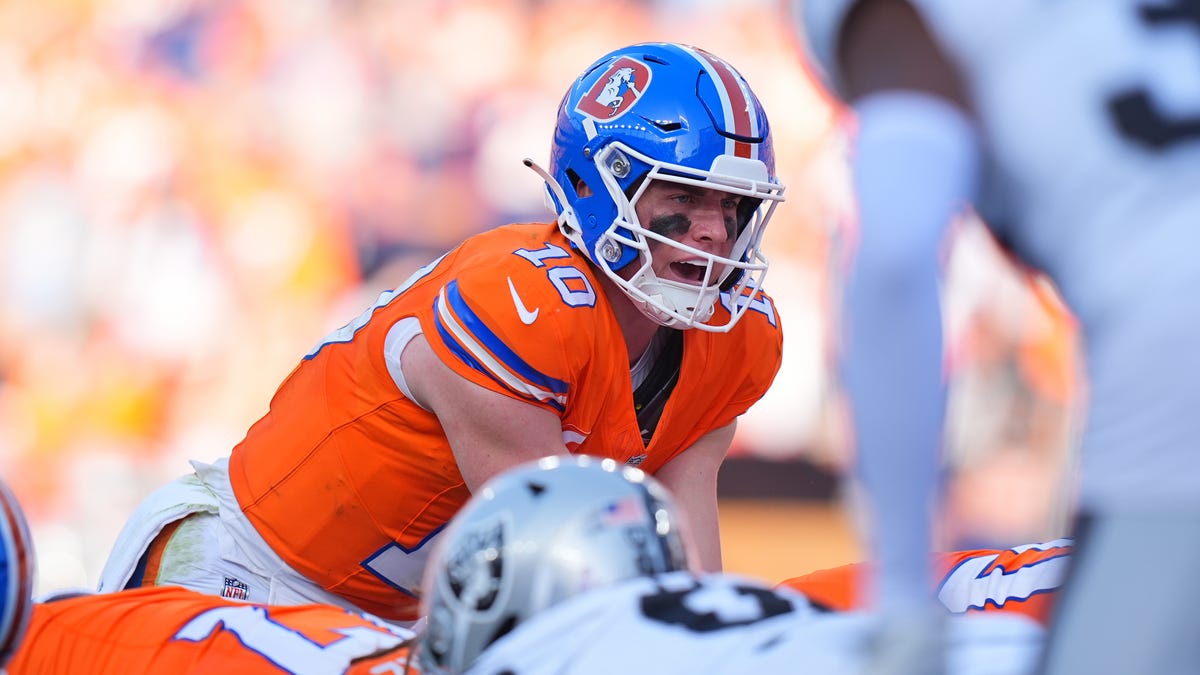
While we continue on through the college football offseason and prepare for what’s to come this fall, the NFL ranks have been providing quite a bit of content. From the 2025 NFL draft and free agency to rookie minicamps earlier this month, content has been churning out from the professional ranks.
Now, with OTAs coming up in the next few weeks, we will be hearing more from our favorite pro-Oregon Ducks as they prepare for the 2025 season. Earlier this week, ESPN’s Mike Clay put out his projections for every offense and defense in the NFL, putting numbers to names and forecasting what’s to come.
According to Clay, it could be a fun season ahead for the dozens of Ducks in the league, with breakouts and career years projected. Whether it’s as a rookie or as an experienced veteran, Oregon fans should enjoy what’s to come. Here’s how he sees the most notable Ducks performing in the upcoming season.
QB Bo Nix
Projected 2025 Stats: 3,510 yards, 24 TD, 11 INT, 3 rush TD
Stats in 2024: 3,775 yards, 29 TD, 12 INT, 4 rush TD
QB Justin Herbert
Projected 2025 Stats: 3,741 yards, 22 TD, 9 INT
Stats in 2024: 3,870 yards, 23 TD, 3 INT, 2 rush TD
QB Marcus Mariota
Projected 2025 Stats: 512 yards, 3 TD, 2 INT, 1 rush TD
Stats in 2024: 364 yards, 4 TD, 0 INT, 1 rush TD
QB Dillon Gabriel
Projected 2025 Stats: 1,205 yards, 5 TD, 4 INT, 1 rush TD
Stats in 2024: None
RB Bucky Irving
Projected 2025 Stats: 224 rushes, 1,049 yards, 7 TD, 49 catches, 379 yards, 3 TD
Stats in 2024: 207 rushes, 1,122 yards, 8 TD, 47 catches, 392 yards
RB Jordan James
Projected 2025 Stats: 12 rushes, 51 yards, 2 catches, 15 yards
Stats in 2024: None
WR Troy Franklin
Projected 2025 Stats: 16 catches, 222 yards, 2 TD
Stats in 2024: 28 catches, 263 yards, 2 TD
TE Terrance Ferguson
Projected 2025 Stats: 16 catches, 161 yards, 1 TD
Stats in 2024: None
DL Arik Armstead
Projected 2025 Stats: 30 tackles, 2.9 sacks
Stats in 2024: 29 tackles, 2 sacks
DL DeForest Buckner
Projected 2025 Stats: 79 tackles, 7 sacks
Stats in 2024: 61 tackles, 6.5 sacks
EDGE Kayvon Thibodeaux
Projected 2025 Stats: 39 tackles, 6.6 sacks
Stats in 2024: 28 tackles, 5.5 sacks
DL Derrick Harmon
Projected 2025 Stats: 33 tackles, 2.3 sacks
Stats in 2024: None
DL Jamaree Caldwell
Projected 2025 Stats: 20 tackles, 1.3 sacks
Stats in 2024: None
LB Jeffrey Bassa
Projected 2025 Stats: 6 tackles
Stats in 2024: None
LB Troy Dye
Projected 2025 Stats: 24 tackles, 0.9 sacks
Stats in 2024: 57 tackles, 1.5 sacks
CB Christian Gonzalez
Projected 2025 Stats: 68 tackles, 1.8 INT
Stats in 2024: 59 tackles, 2 INT
CB Deommodore Lenoir
Projected 2025 Stats: 94 tackles, 1.7 INT
Stats in 2024: 85 tackles, 2 INT
S Evan Williams
Projected 2025 Stats: 40 tackles
Stats in 2024: 49 tackles, 1 INT
S Jevon Holland
Projected 2025 Stats: 83 tackles, 1.7 INT
Stats in 2024: 62 tackles, 1 sack, 0 INT
Contact/Follow @Ducks_Wire on X (formerly Twitter) and like our page on Facebook to follow ongoing coverage of Oregon Ducks news, notes, and opinions.
Oregon
Longtime Travel Oregon CEO Steps Down Amid Oregon Journalism Project Investigation
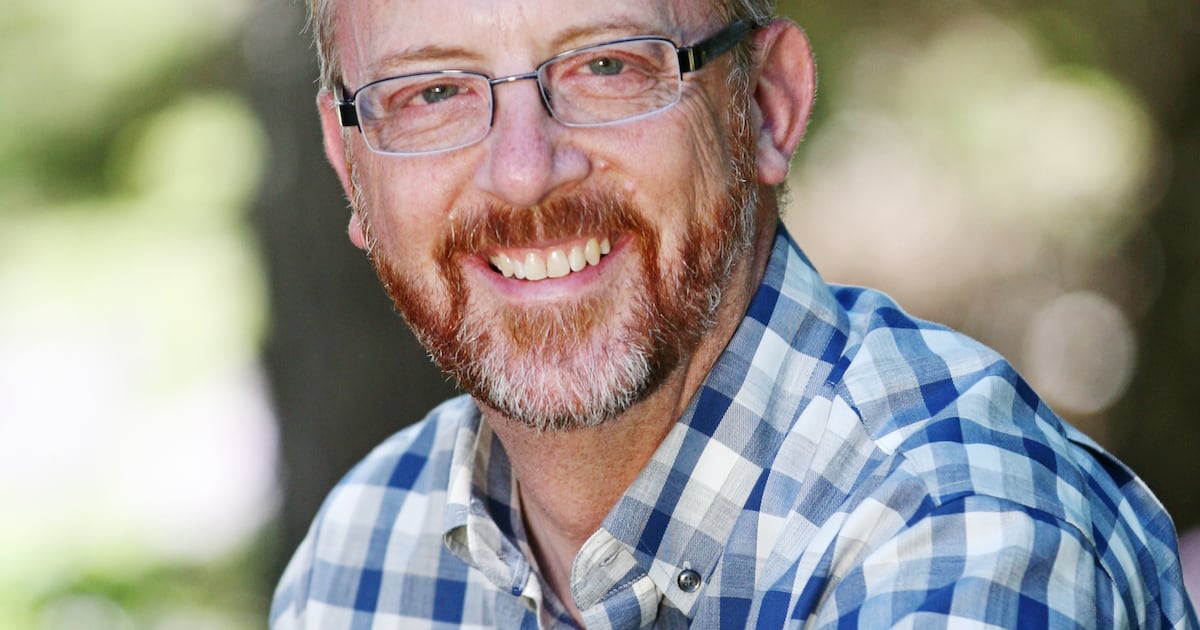
The longtime executive director of Travel Oregon, Todd Davidson, announced he is retiring today after three decades as a public employee.
While the timing appeared sudden, it came five weeks after the Oregon Journalism Project first contacted Travel Oregon about an investigation into complaints regarding Davidson’s outsized compensation and allegations of a toxic workplace. He earned $477,000 in take-home pay for fiscal 2024, far higher compensation than that of any other state agency director.
The news of Davidson’s retirement came one day before the CEO was scheduled to sit down for a long-delayed interview with OJP.
Travel Oregon, a semi-independent state agency with 73 staffers, is funded by the statewide lodging tax of 1.5% on hotel bills that brings in more than $40 million a year.
Travel Oregon maintains its chief executive’s departure was unrelated to OJP’s questions and public records requests.
Travel Oregon, also known as the Oregon Tourism Commission, exists to promote tourism, which generates $14 billion of annual economic activity and 120,000 jobs in Oregon.
An agency that once had scraped by on $3 million a year in state lottery funds grew into a powerhouse after lawmakers approved a lodging tax in 2003.
“Travel Oregon is one of the premier state travel organizations,” David Blandford, executive director of State of Washington Tourism, said in a recent interview.
As a semi-independent agency, Travel Oregon is exempt from state budget laws; personnel, salary and expense laws; and purchasing and procurement laws. Its budget is not subject to executive branch review, nor subject to approval or modification by the Legislature.
Davidson, a native of Iowa, has been Travel Oregon’s chief executive since 1996.
Davidson’s compensation and some deficient practices at the agency were widely publicized after the 2020 release of a critical audit by the Oregon Secretary of State’s Office.
Travel Oregon is overseen by a nine-member board of commissioners who are appointed by the governor and confirmed by the Senate. Eight of the nine represent lodging and tourism sectors, and one is a public-at-large member.
Calls seeking comment from commissioners were not immediately returned Thursday.
The governor’s office confirmed Davidson’s departure but declined to comment.
OJP plans to publish its full investigation in the coming days.
This story was produced by the Oregon Journalism Project, a nonprofit newsroom covering the state.
Oregon
Conservation groups push to save spotted owl habitats in Oregon, Washington, California
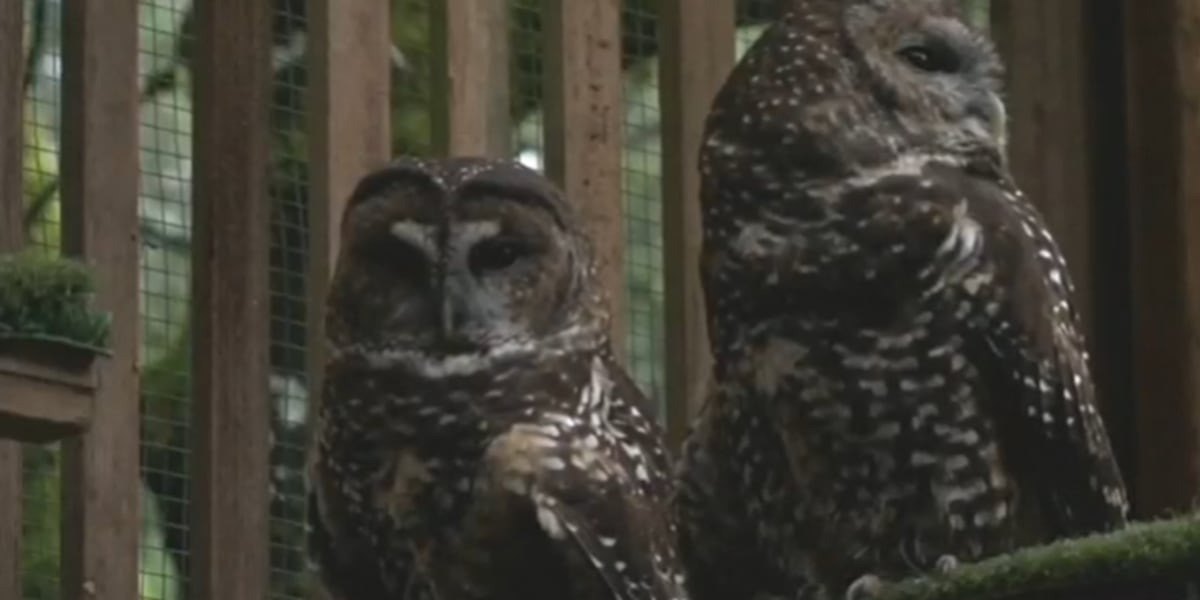
PORTLAND Ore. (KPTV) – Some conservation groups are working to save spotted owl habitats in Oregon, Washington, and California.
On Wednesday, they filed a motion to intervene in a lawsuit that was brought on by the timber industry.
In the lawsuit, the timber industry wants to reinstate a habitat rollback that was issued in the final weeks of President Trump’s first term in office.
SEE ALSO:
Back in 2021, it removed nearly 3.5 million acres from the more than nine million acres that were protected for spotted owls.
Then, ten months later, the Biden administration rescinded the final designation.
Conservation groups argue that the forests spotted owls depend on also provide people with benefits, including clean water, recreation, jobs, and climate resiliency.
Copyright 2025 KPTV-KPDX. All rights reserved.
-

 Culture1 week ago
Culture1 week agoBook Review: ‘Original Sin,’ by Jake Tapper and Alex Thompson
-

 Education1 week ago
Education1 week agoA $5 Billion Federal School Voucher Proposal Advances in Congress
-

 Education1 week ago
Education1 week agoVideo: Opinion | We Study Fascism, and We’re Leaving the U.S.
-

 Technology1 week ago
Technology1 week agoLove, Death, and Robots keeps a good thing going in volume 4
-

 News1 week ago
News1 week agoAs Harvard Battles Trump, Its President Will Take a 25% Pay Cut
-

 Technology1 week ago
Technology1 week agoMeta’s beef with the press flares at its antitrust trial
-

 News1 week ago
News1 week agoMenendez Brothers Resentenced to Life With Parole, Paving Way for Freedom
-

 Politics1 week ago
Politics1 week agoRepublicans say they're 'out of the loop' on Trump's $400M Qatari plane deal
